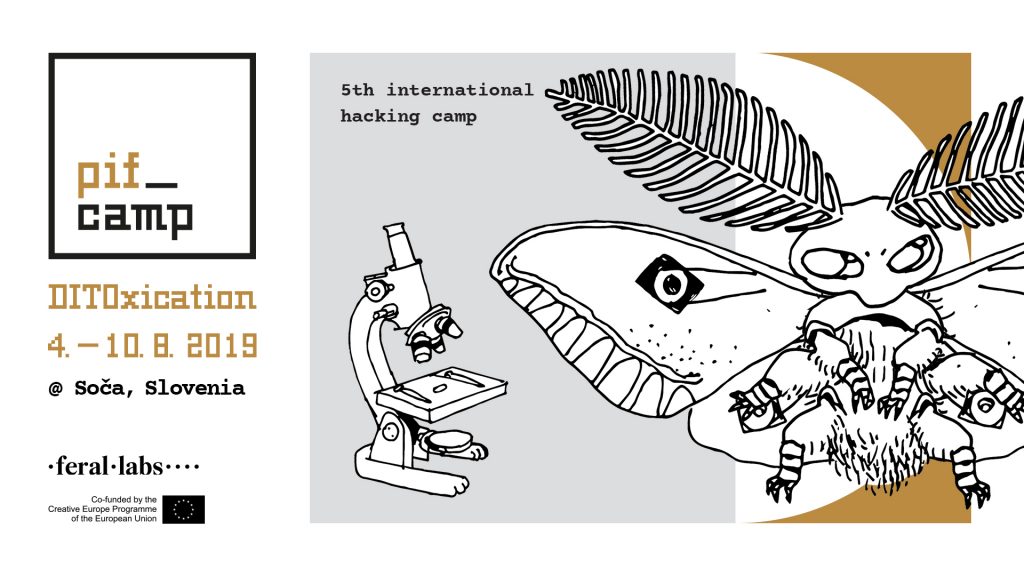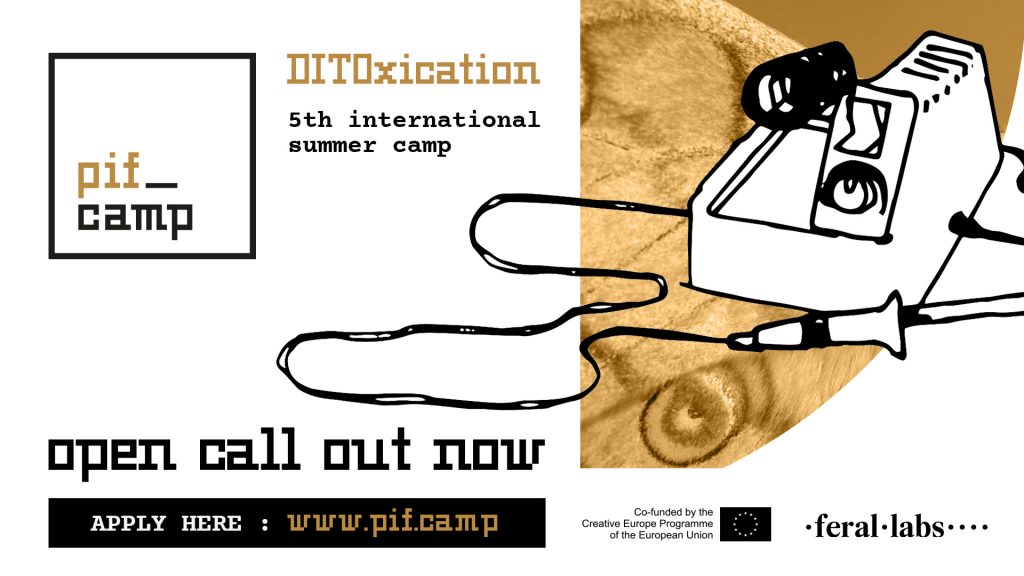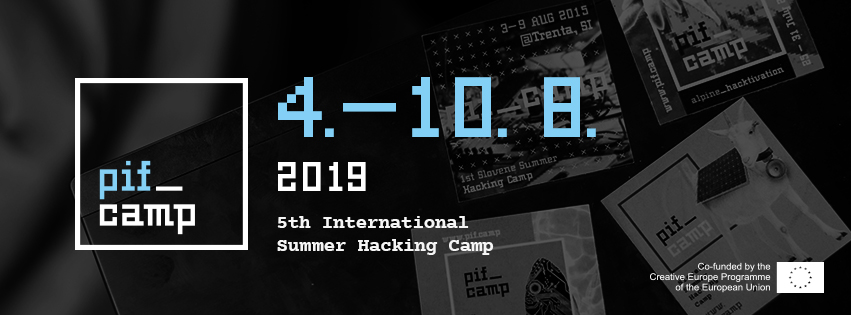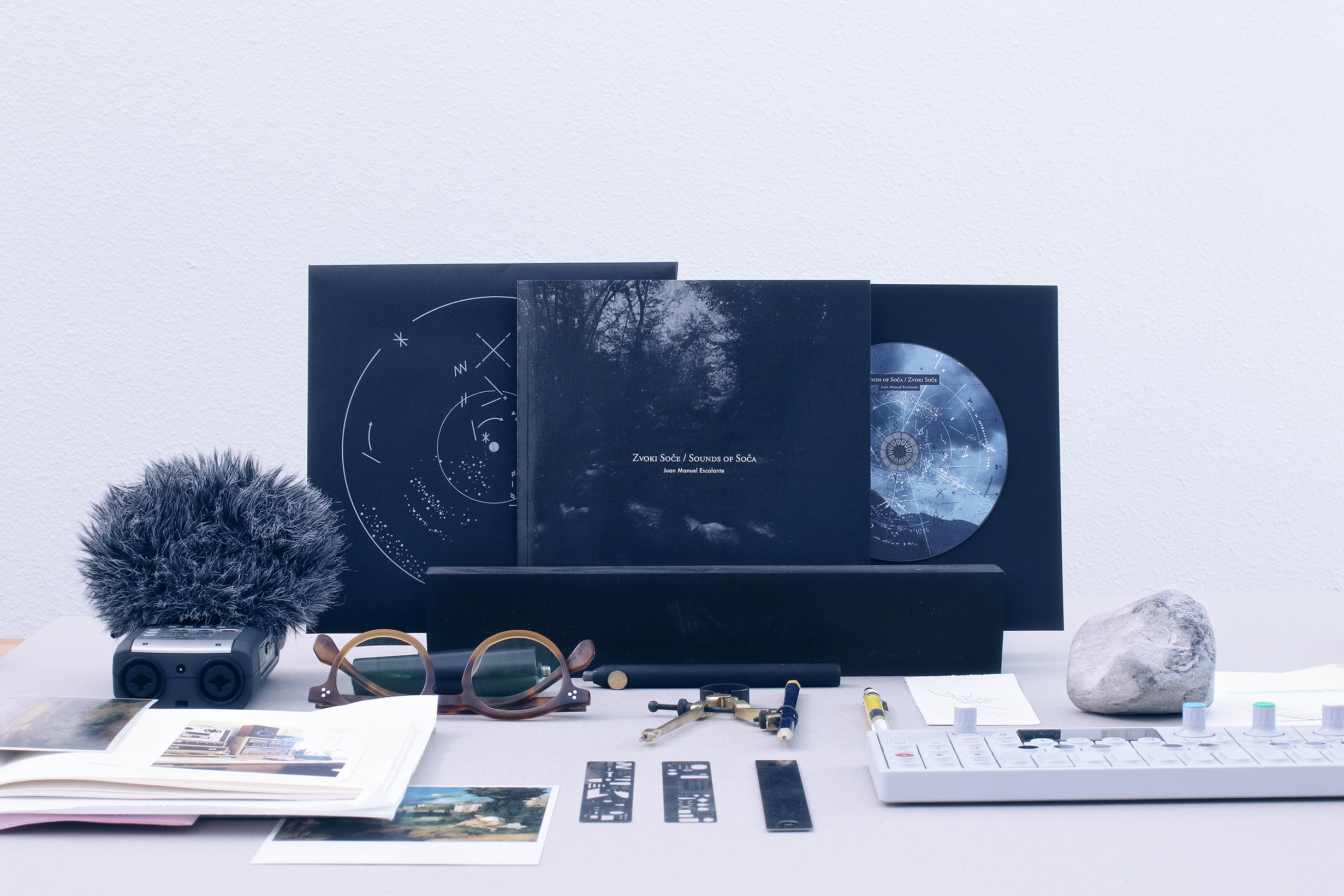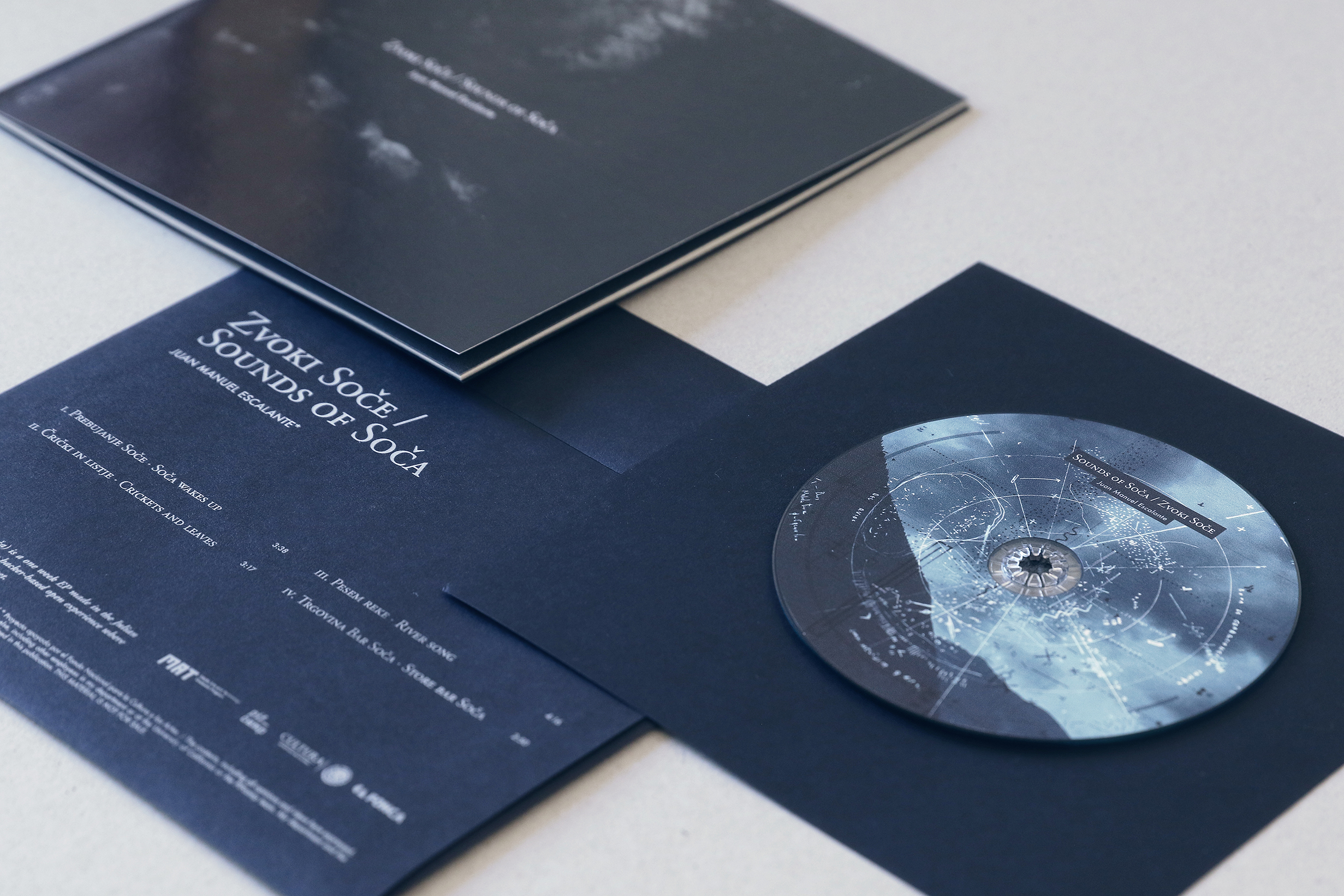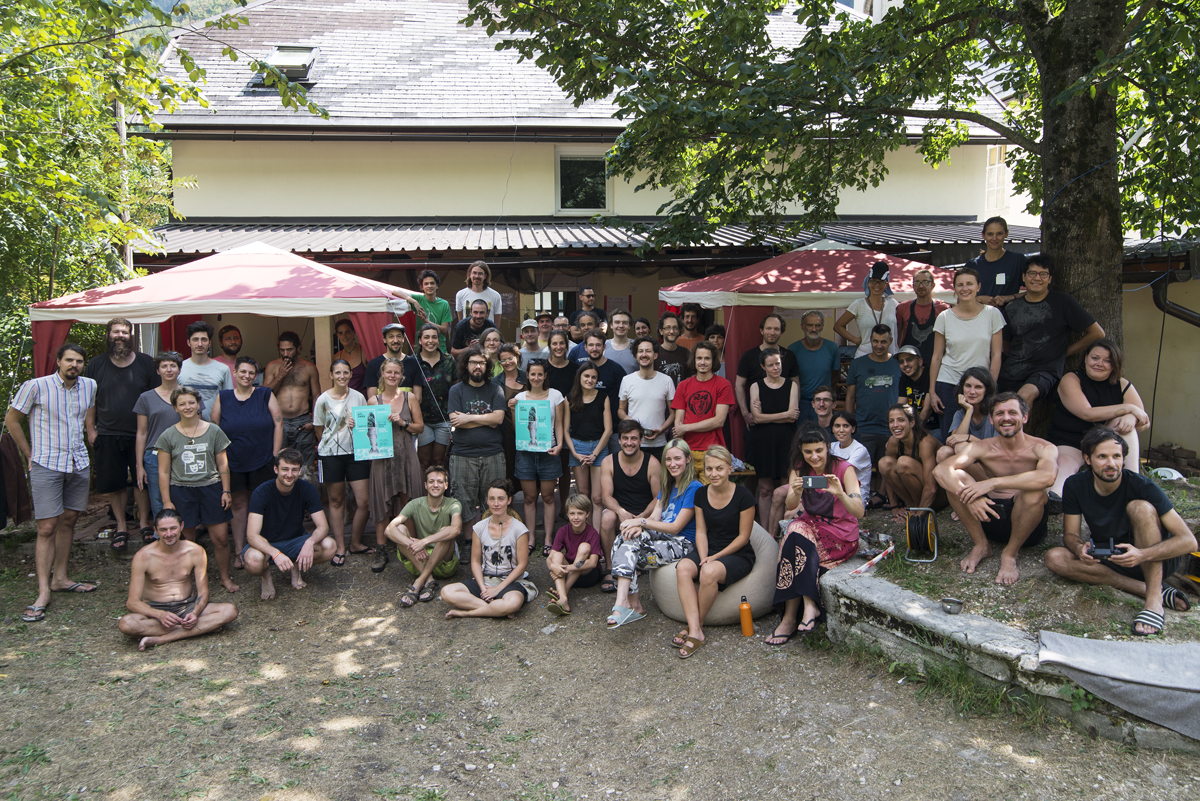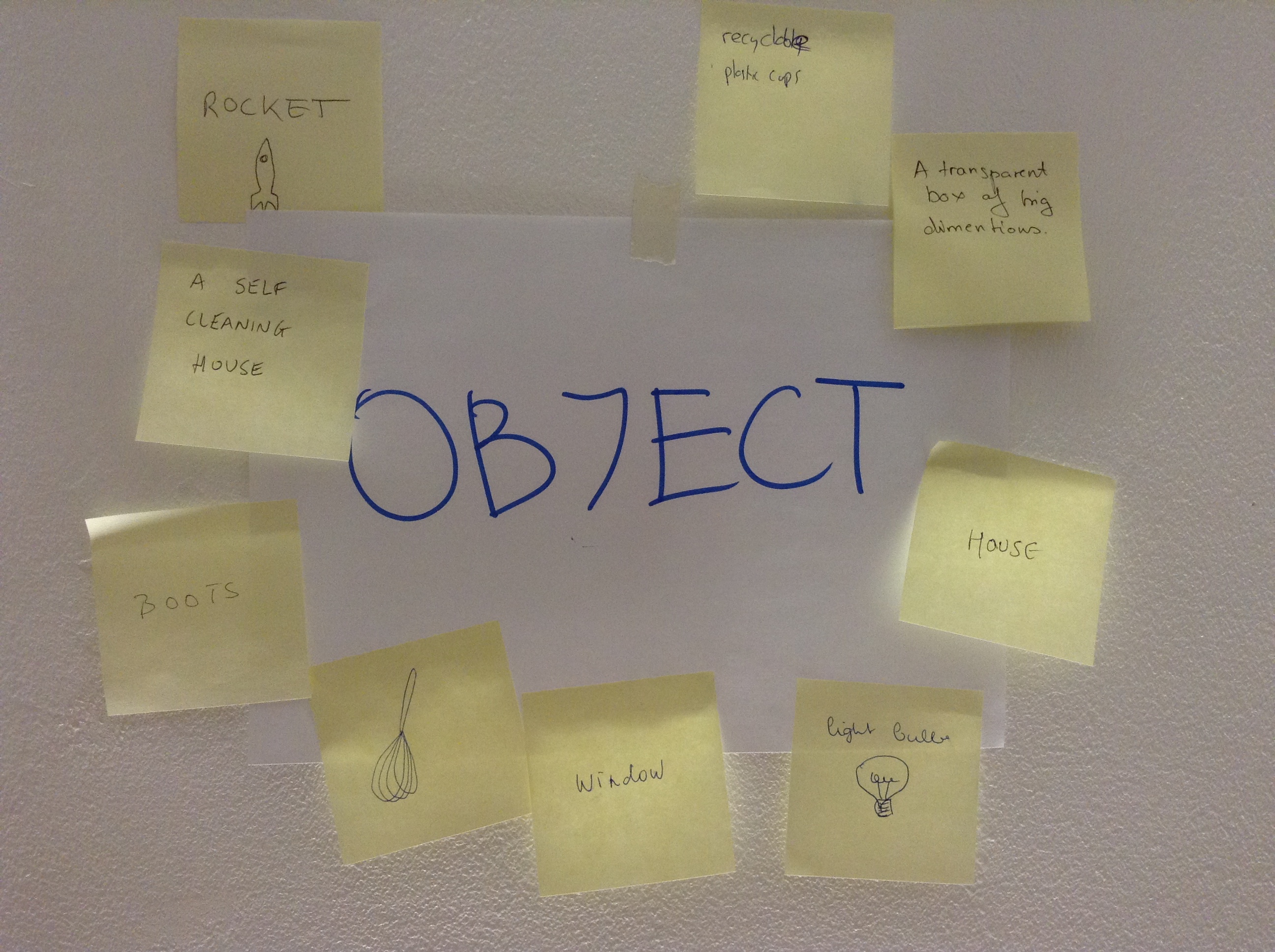We are announcing the first PIFcamp project MOTHeremin 2.0, and it coincides with our yamamai graphical identity! MOTHeremin is an analog electronic instrument for the blind and visually impared for learning about endagered lepidopterans of Slovenia developed by Staša Guček.
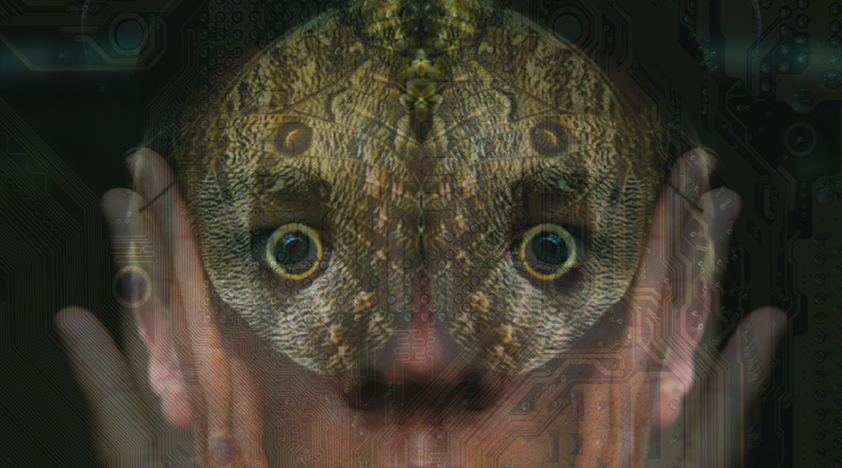
MOTHeremin, analog electronic instrument arose from the emerald waters of Soča Valley during PIFcamp Nature &Nerdture in 2018, surrounded by forests, mountains and night creatures – moths.
Electronic circuit of MOTHeremin, which is designed as a thorax of the moth, is based on the first electronic musical instrument called theremin. It was invented by a Russian physicist Leon Sergeyevich Theremin in 1920s. This is an unique instrument, because it can be played without touching it and only with changing the distance of users’ hands from two electrodes – antennas or sliding with fingers over the copper lines.
With a wish to spread awarness about rapid decline of insects (so called “windshield phenomen” – 2.5% rate of annual loss over the last 25-30 years, especially butterflies, moth and bees), Staša Guček is going to design an upgraded version of MOTHeremin with electronic circuits replicating patterns of the most endagered lepidopterans in Slovenia. Etched circuits on copper plates form a relief, therefore analog electronic instrument will become a learning sonic tool for the blind and visually impared. Sliding through the copper lines, patterns they will get to know the most endagered butterflies and moths of Slovenia not just through touch, but also through sound. Beside that users will be able to learn the basics of electricity flow and electronic components.
Along with this Staša will introduce you the world of fascinating and peculiar science facts, mythology, notes from literature, soundscapes and other stories about the multi-pattern flying creatures.
